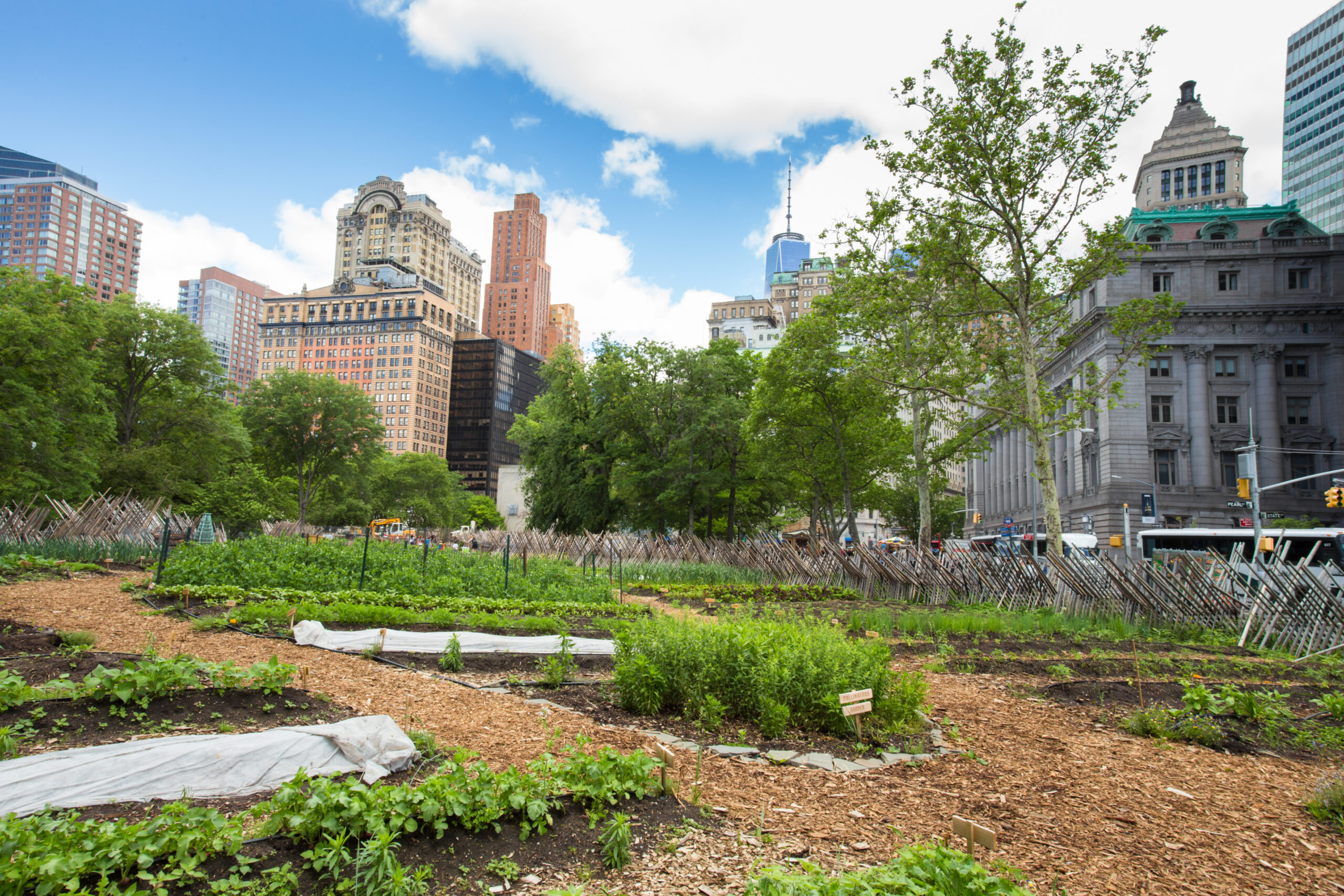Some Of City Blooming
Some Of City Blooming
Blog Article
Some Known Incorrect Statements About City Blooming
Table of ContentsThe Ultimate Guide To City BloomingCity Blooming Fundamentals ExplainedCity Blooming Things To Know Before You Get ThisSome Ideas on City Blooming You Should KnowNot known Factual Statements About City Blooming
Fascinated in expanding food for sale in the City of Chicago? Below is a listing of frequently asked concerns concerning the guidelines and regulations that farmers should consider when planning a metropolitan farming project.
The zoning amendment does not customize any type of other codes dealing with composting, building licenses, purchasing or renting City had building, organization licenses or environmental contamination. There are existing codes that regulate these problems and they continue to be completely impact and might apply to your task. Neighborhood yards are usually possessed or managed by public entities, public organizations or community-based companies and maintained by volunteers.
Urban ranches grow food that is planned to be sold, either on a nonprofit or for-profit basis. Because of their industrial purpose, urban ranches need a business certificate. Yes. A neighborhood garden is allowed to offer surplus generate that was expanded on site if the sales are accessory or secondary to the yard's primary function explained over.
The Best Strategy To Use For City Blooming
The quantity of garden compost product can not exceed 25 cubic backyards at any provided time according to the criteria in 7-28-715 of the City's Municipal Code. Due to the fact that the dirt at a lot of new garden websites needs changing, garden compost, soil, timber chips, or various other materials can be acquired to construct or enhance the growing area.

If a building license is called for after that the hoophouse will be thought about an accessory building. You can discover more concerning the structure permit needs by getting in touch with the Division of Structures. The 25,000-square-foot dimension restriction is intended to avoid a single community garden from controling a given block or detracting from the block's existing property or commercial personality.
The limitation does not put on gardens located in Public Open Area (POS) districts. Can there be even more than one community yard that is 25,000 square feet on a single block? Yes. The size limit relates to individual gardens, not to private blocks. No. Fence is not needed, however, yards that have huge parking lot may be called for to set up fencing or various other landscaping features.
The Basic Principles Of City Blooming
B1 & B2 districts call for that all industrial usage activities be carried out indoors. R areas restrict commercial task. The regulations show the function and intent of the Zoning Code. Is fencing required for city farms? Yes. Fences might be required, together with landscaping and screening, for sure parking locations and outside job or storage space areas relying on area and the particular task taking place.
Yes. Urban ranches call for building authorizations and zoning approvals before building and construction. Other kinds of city testimonial may be required depending upon certain frameworks, tasks, dimension, landscaping, licensing, public health and stormwater administration concerns. A number of these requirements are recognized in the job layout or permitting process, however, the applicant may be liable to independently recognize certain licenses or allows that may be called for.
The Division of Company Matters and Customer Security can help figure out the particular type of business permit that's needed. Off road auto parking is needed for most business jobs in Chicago. The required number of vehicle parking spaces is based on the number of staff members functioning on website and not the square video of the growing space.
City Blooming for Beginners

A metropolitan farm can offer compost material created on site, nonetheless, the operation must comply with the regulations in 7-28-715 of the Chicago Municipal Code. Aquaponic systems are permitted indoors on metropolitan farms in lots of zoning areas.
Approximately five hives or nests of honey might be maintained as an accessory usage. Nonetheless, beekeepers must register with the Illinois Department of Agriculture. For more details regarding the recommended zoning change you may get in touch with the Department of Real Estate and Economic Development, Bureau of Planning and Zoning at 312.744.8563.
Farming in cities and urban locations An urban farm in Chicago. Urban farming refers to various practices of growing. https://amber-gnu-kr6lr9.mystrikingly.com/blog/city-gardening-cultivating-green-spaces-in-urban-jungles, handling, and distributing food in urban areas. The term additionally uses to the area activities of animal husbandry, aquaculture, beekeeping, and horticulture in an urban context. Urban agriculture is differentiated from peri-urban agriculture, which occurs in rural locations at the side of suburban areas.
Not known Facts About City Blooming
It can involve an activity of natural cultivators, "foodies" and "locavores", who seek to form socials media based on a shared ethos of nature and neighborhood holism. These networks can create using formal institutional support, becoming integrated right into neighborhood town as a "shift community" motion for sustainable metropolitan advancement.
The extra direct access to fresh vegetable, fruit, and meat products that might be realised through metropolitan agriculture can enhance food security and food safety and security while decreasing food miles, bring about reduced greenhouse gas emissions, consequently contributing to climate adjustment reduction. A few of the very first evidence of metropolitan agriculture originates from Mesopotamia.
Report this page